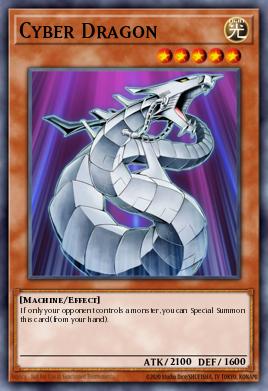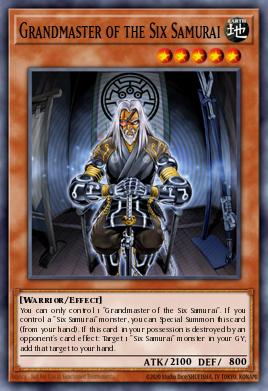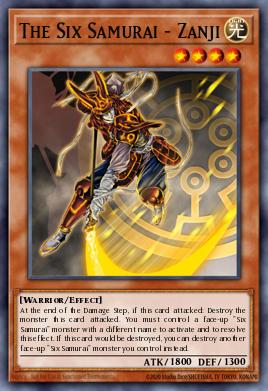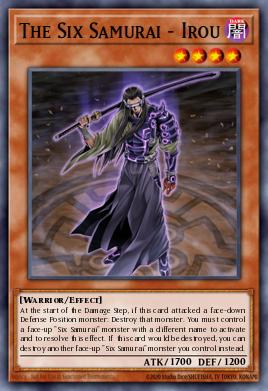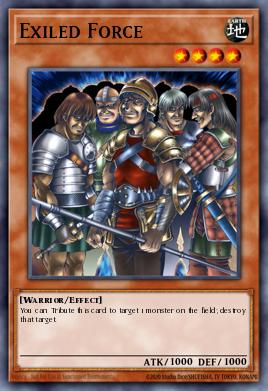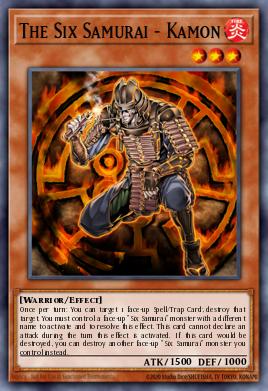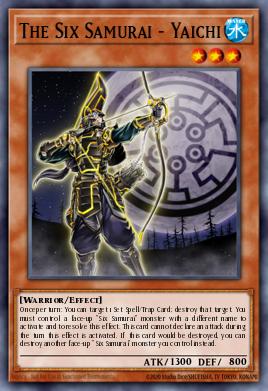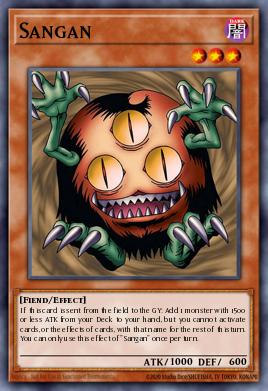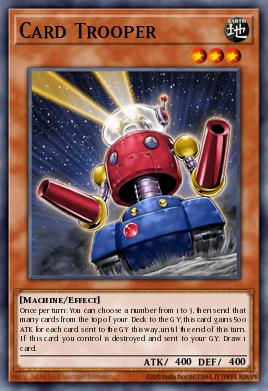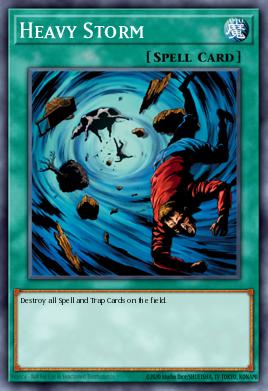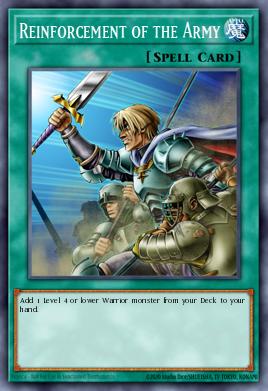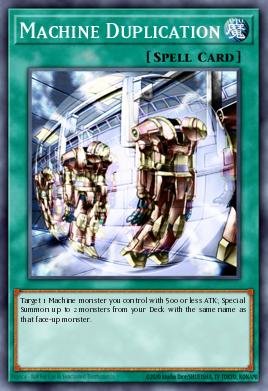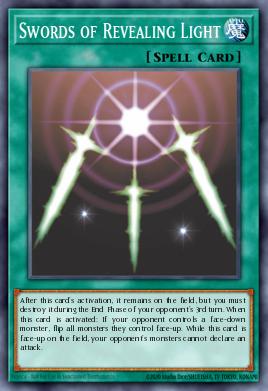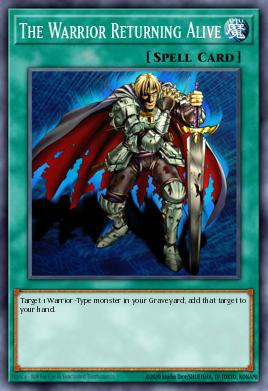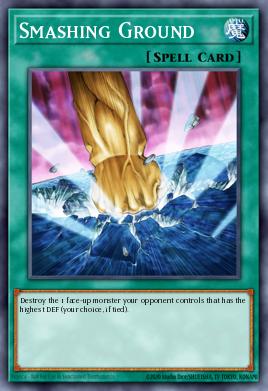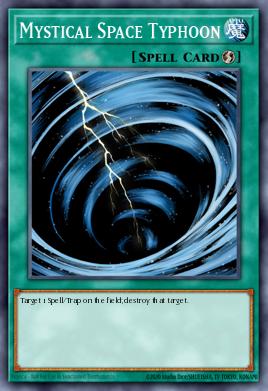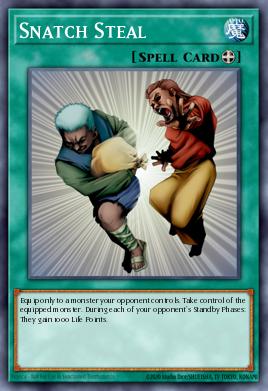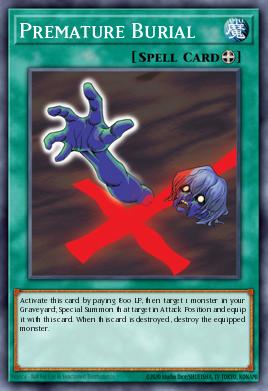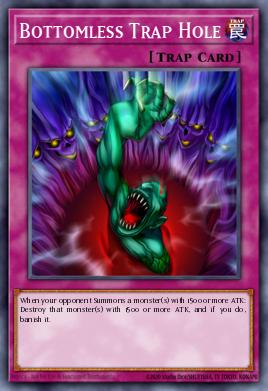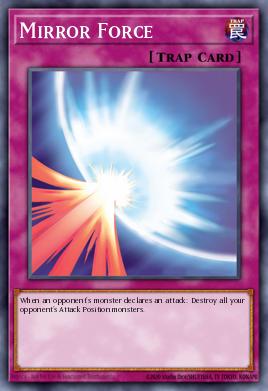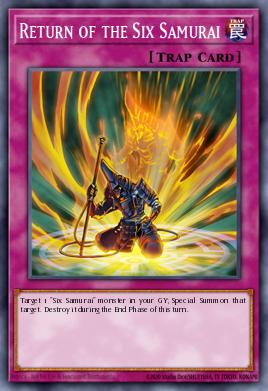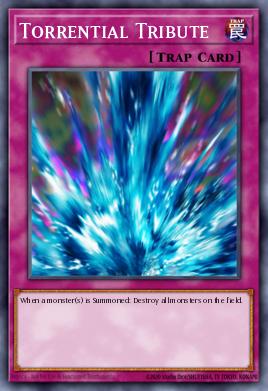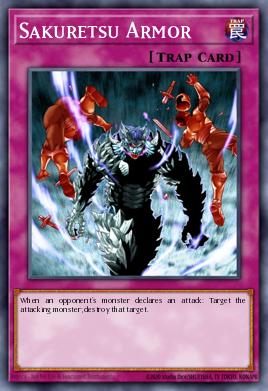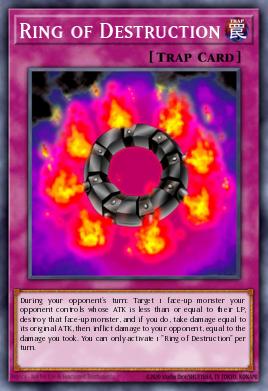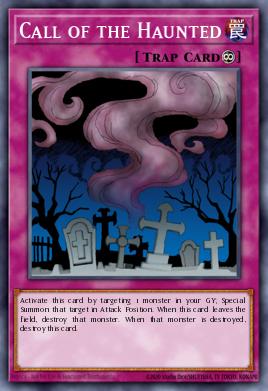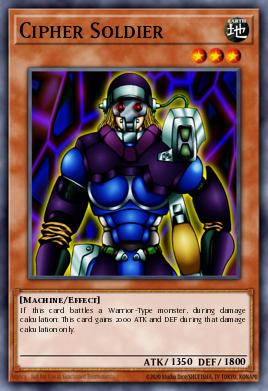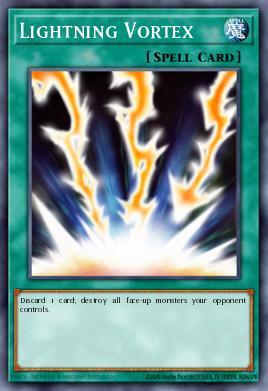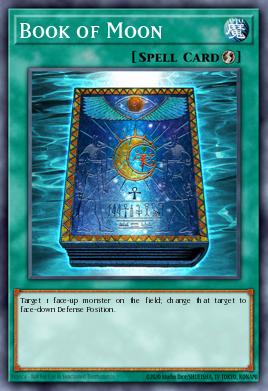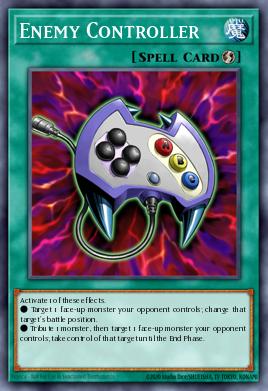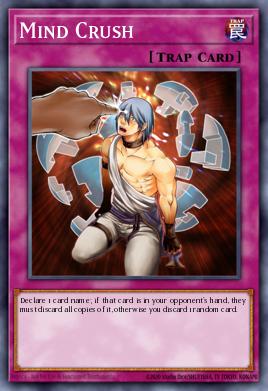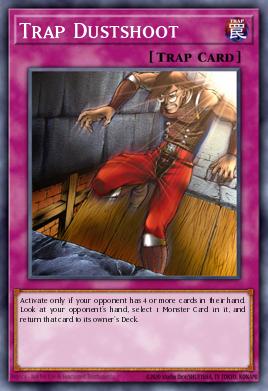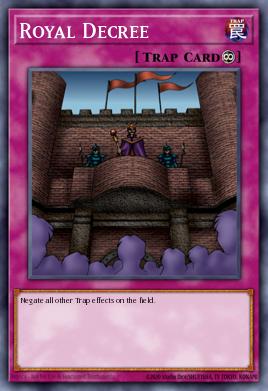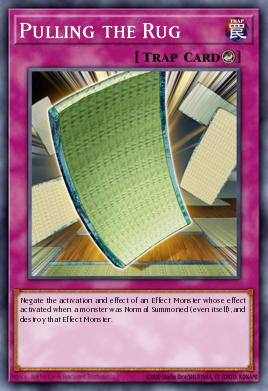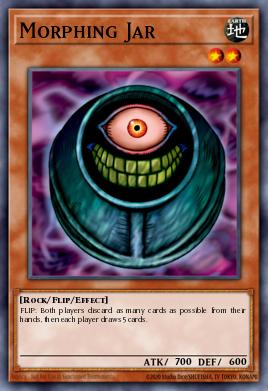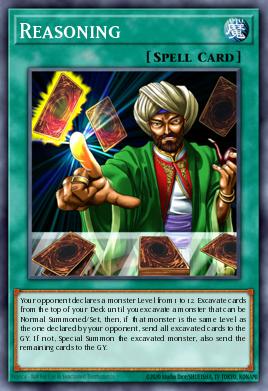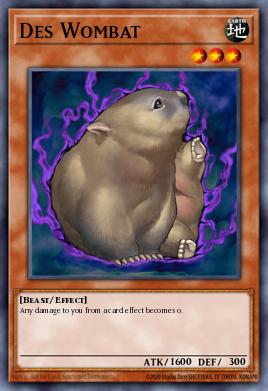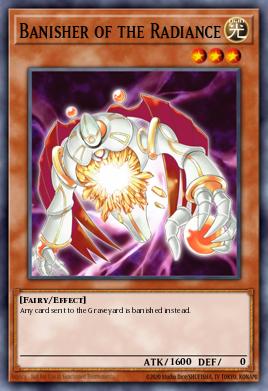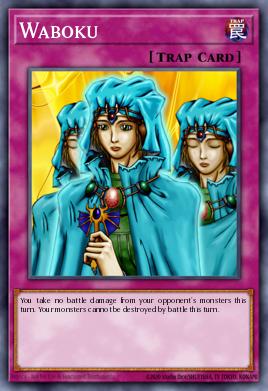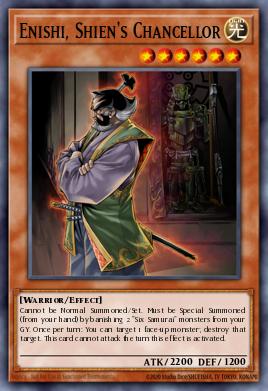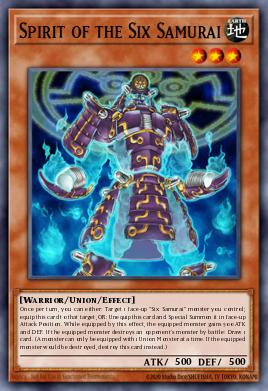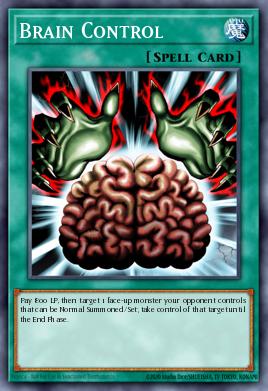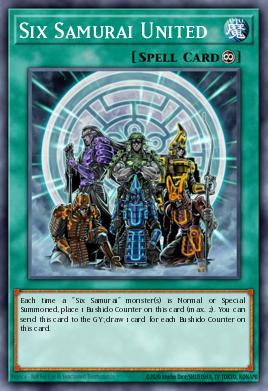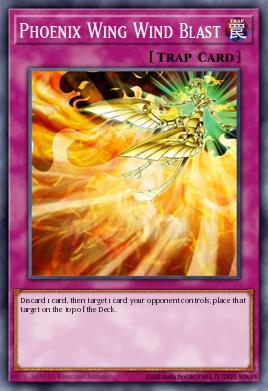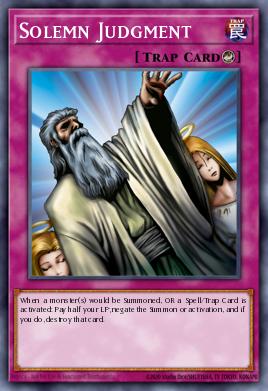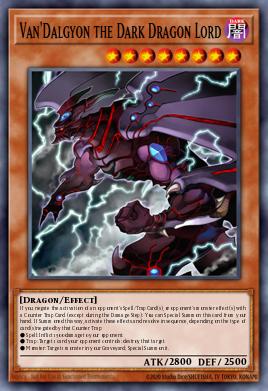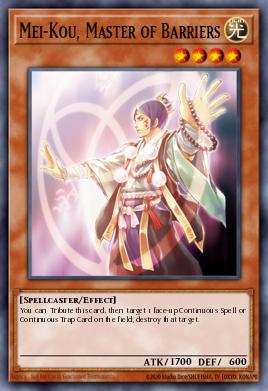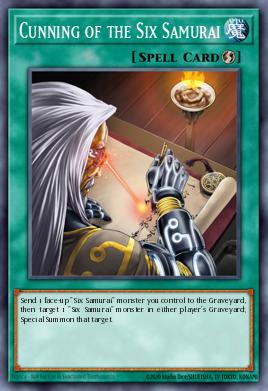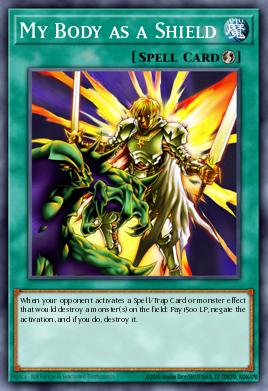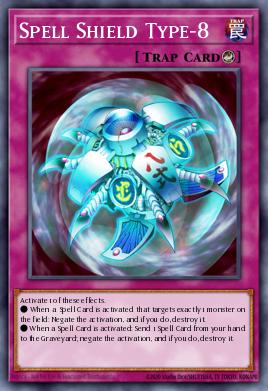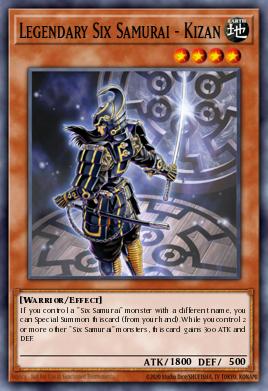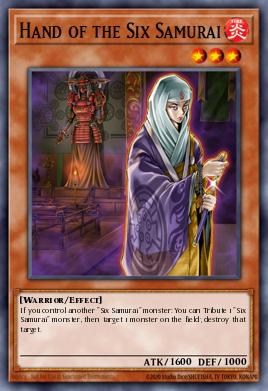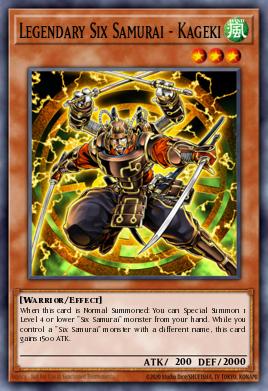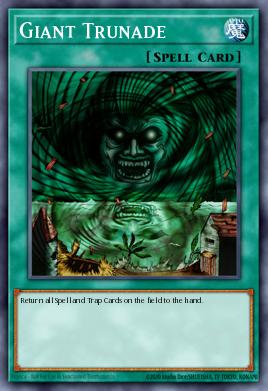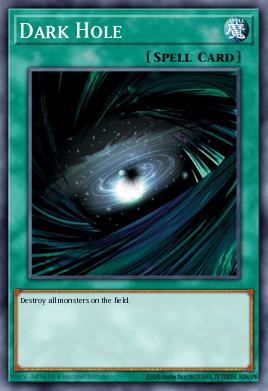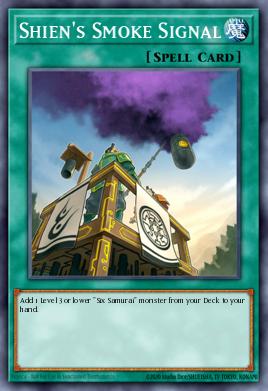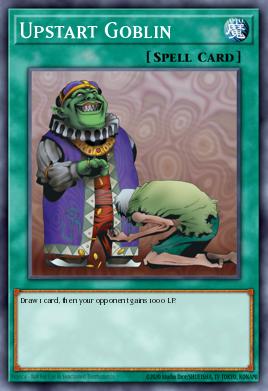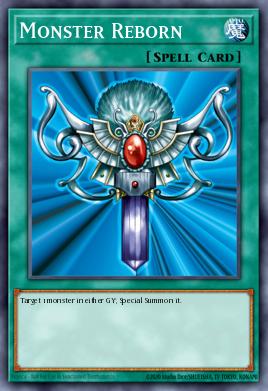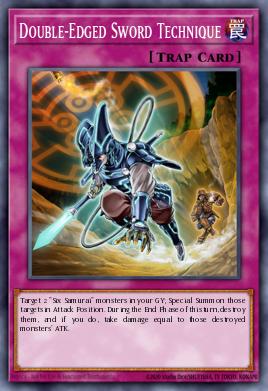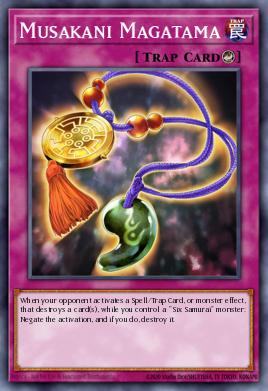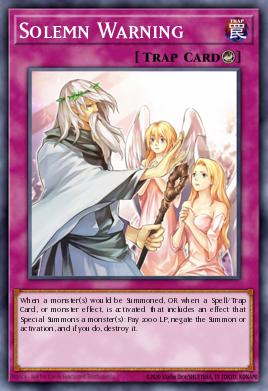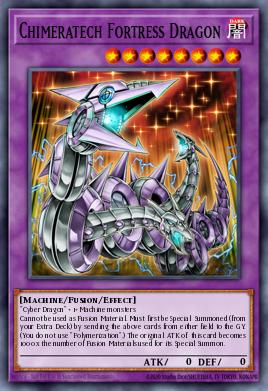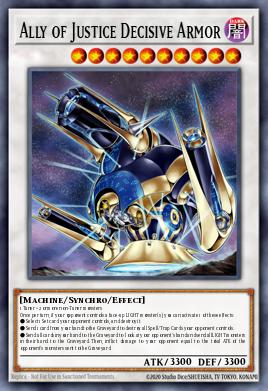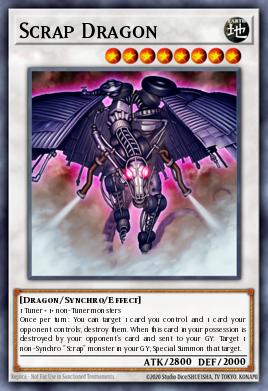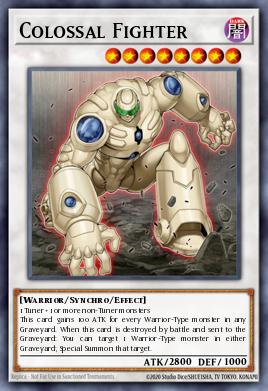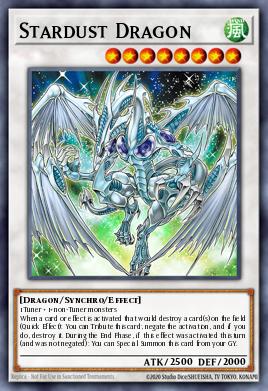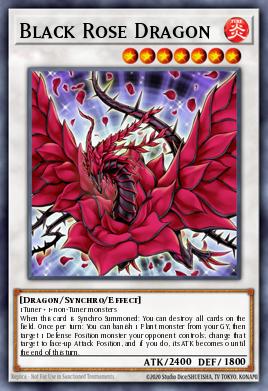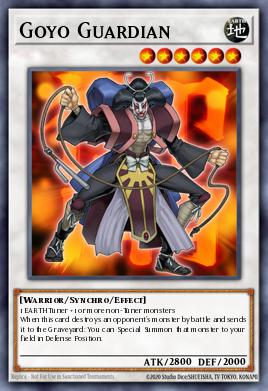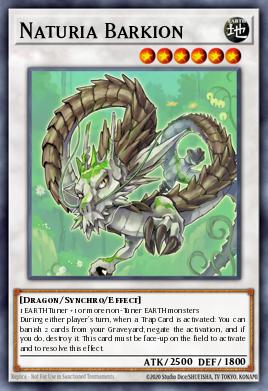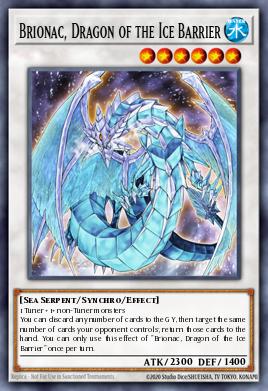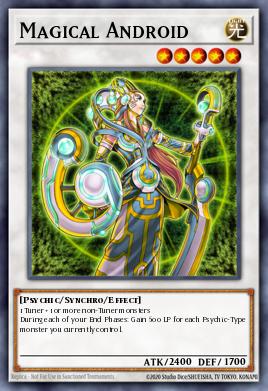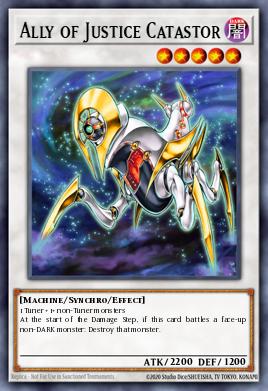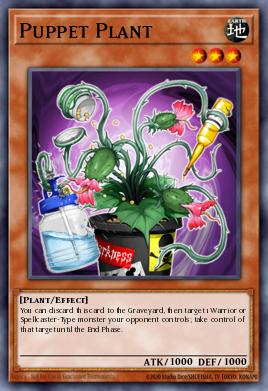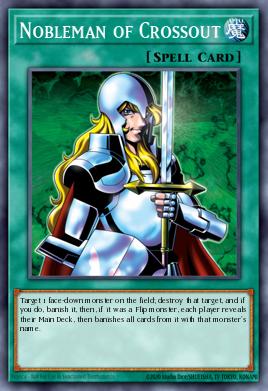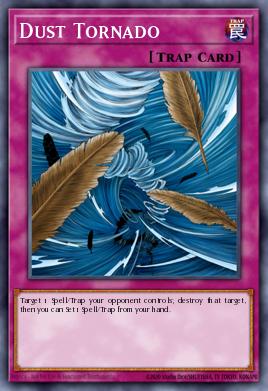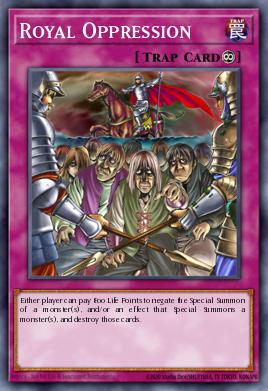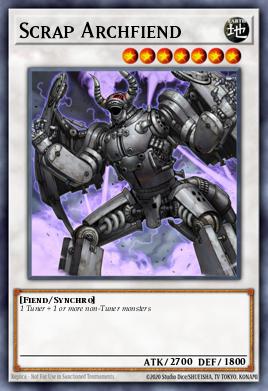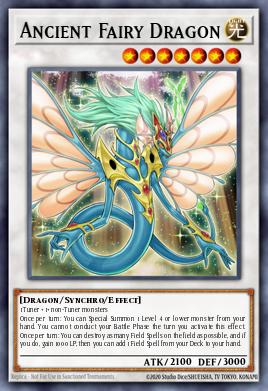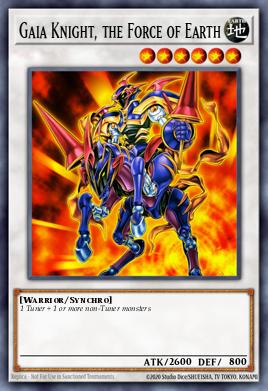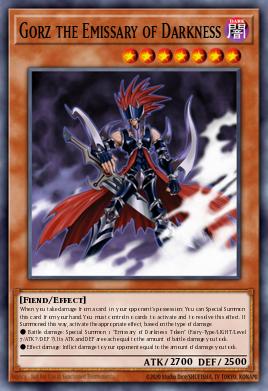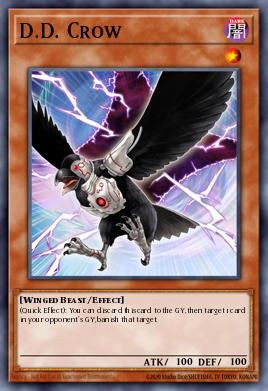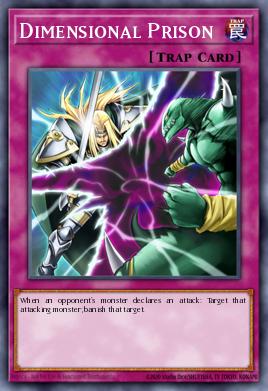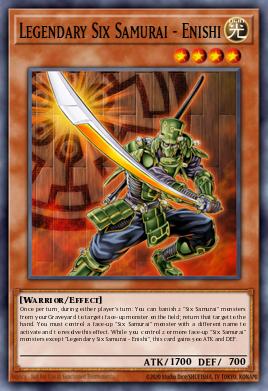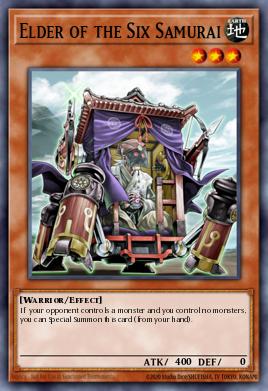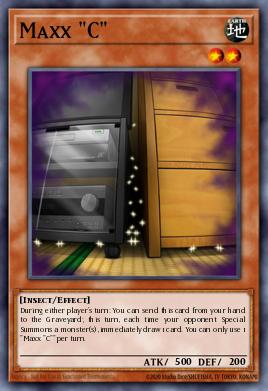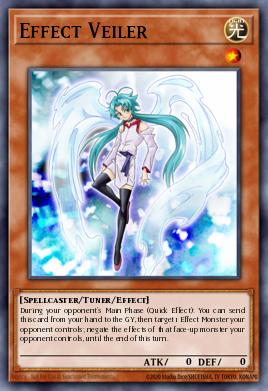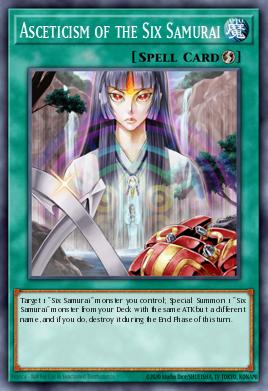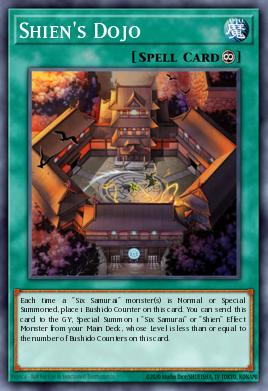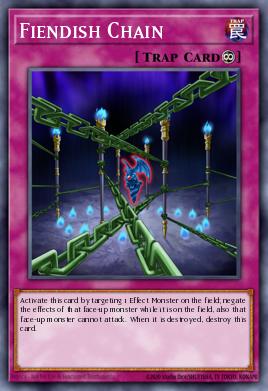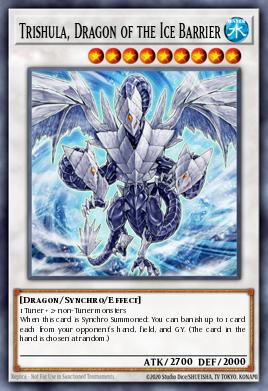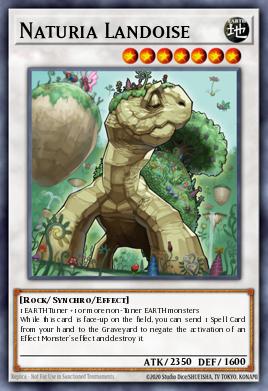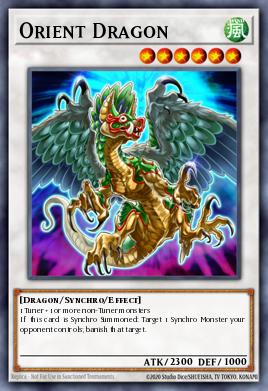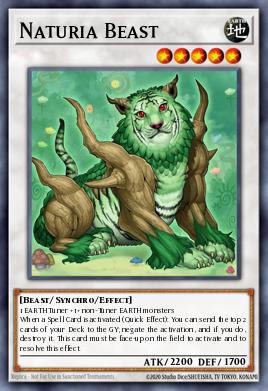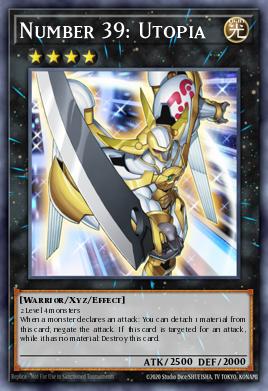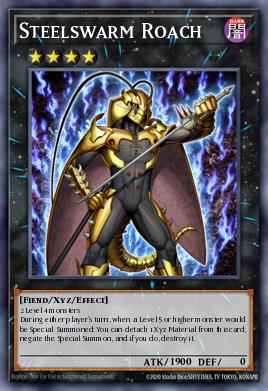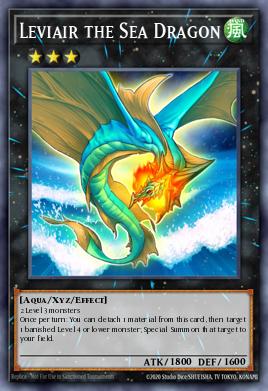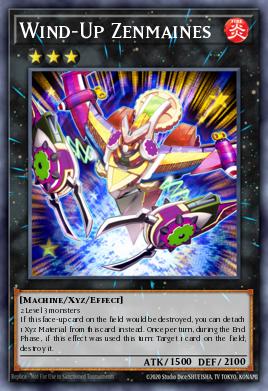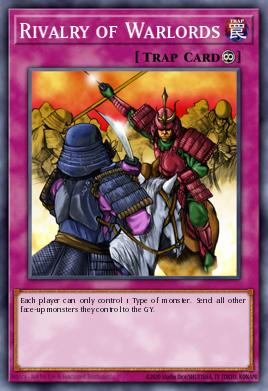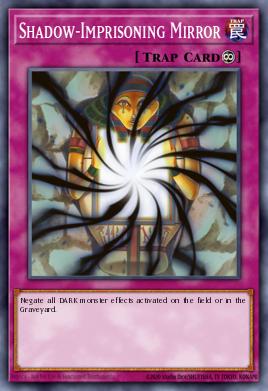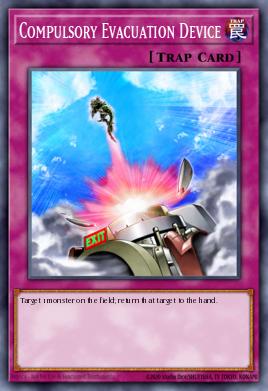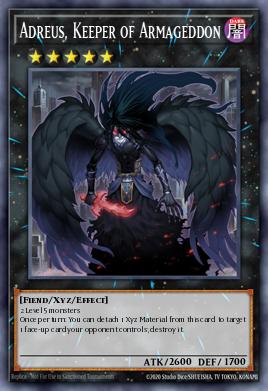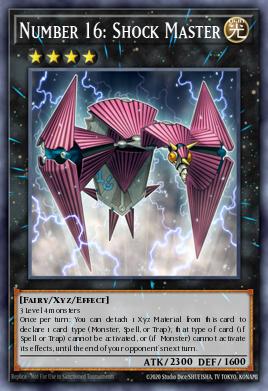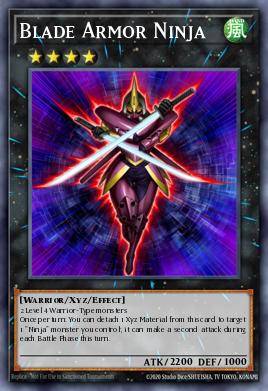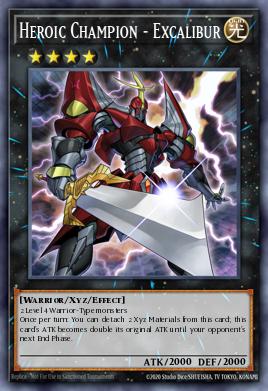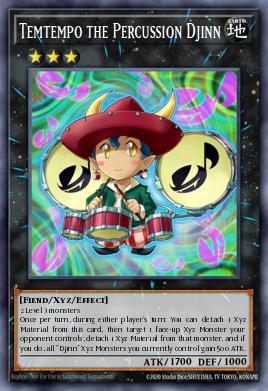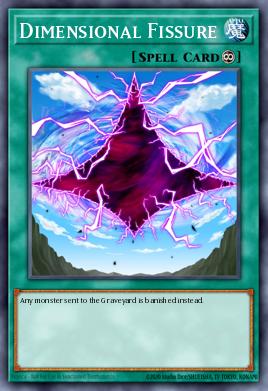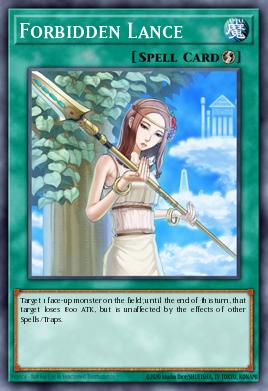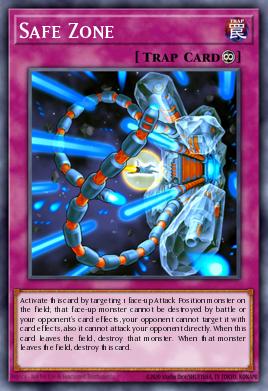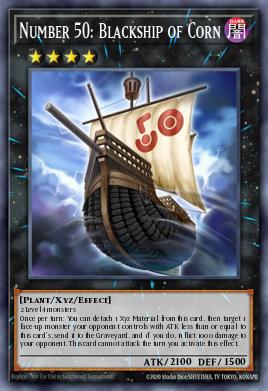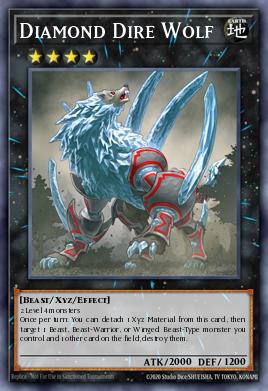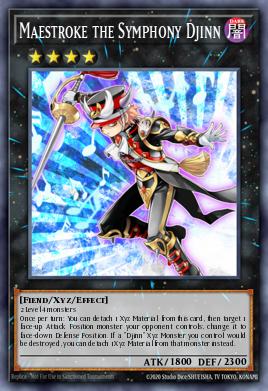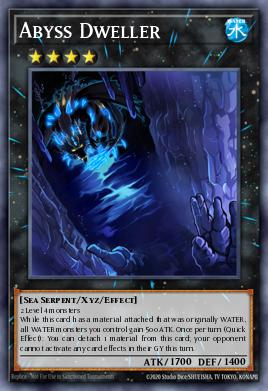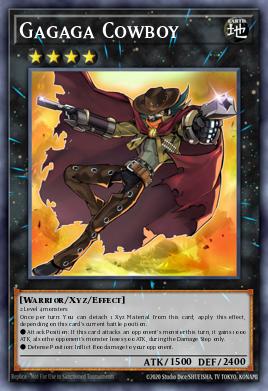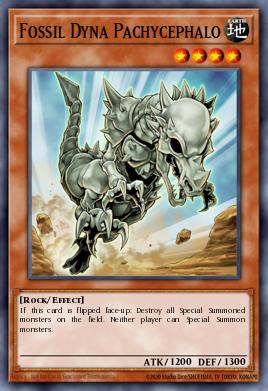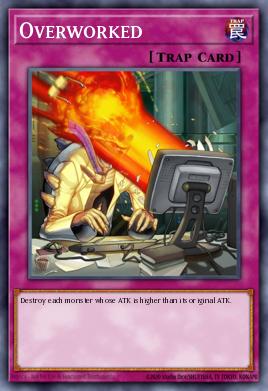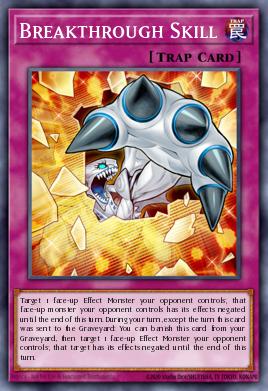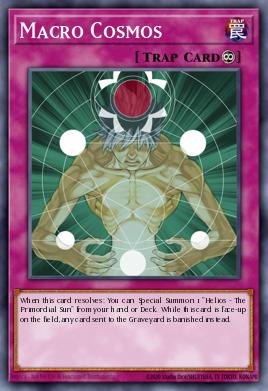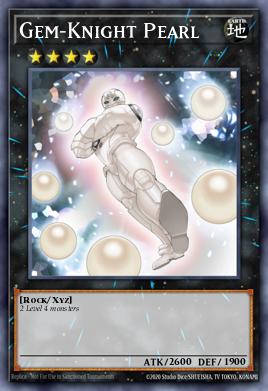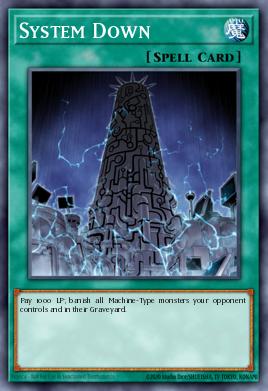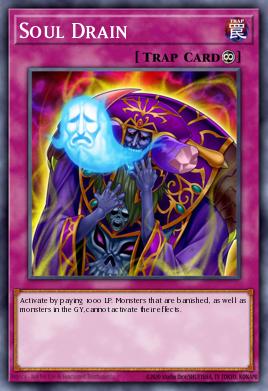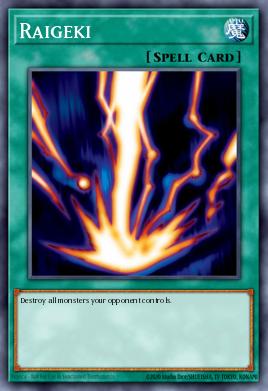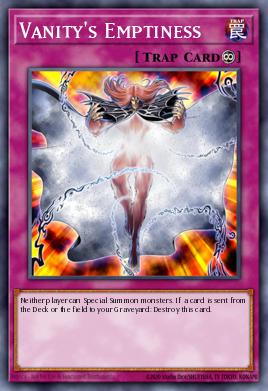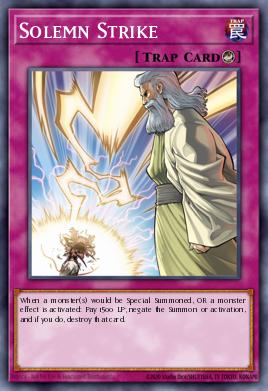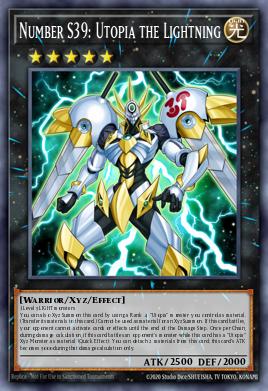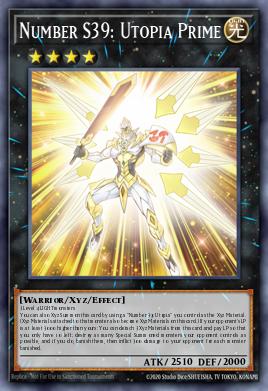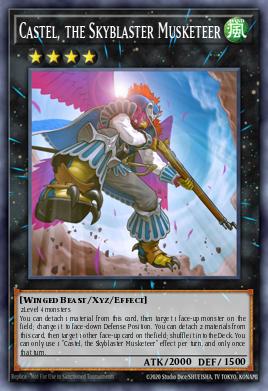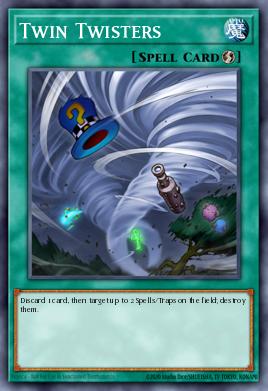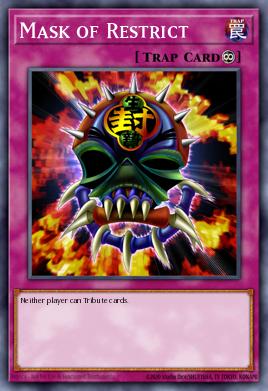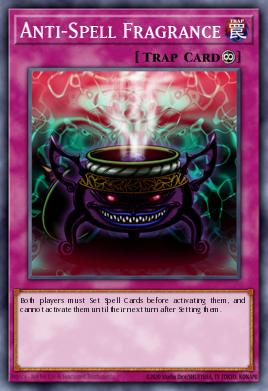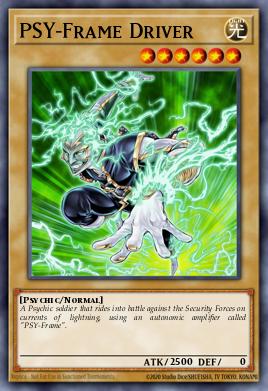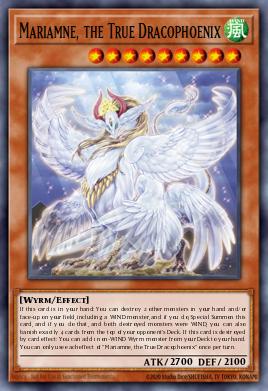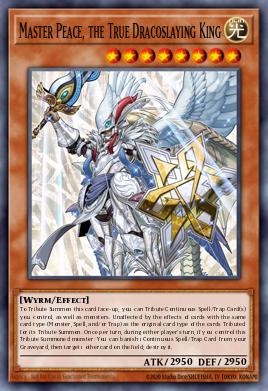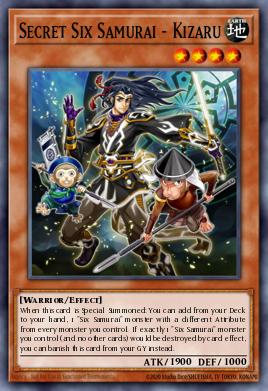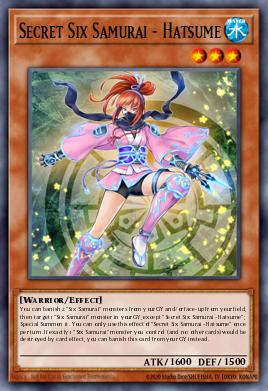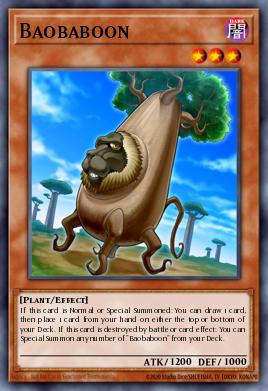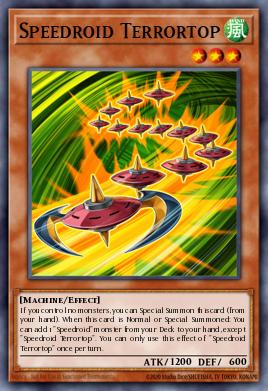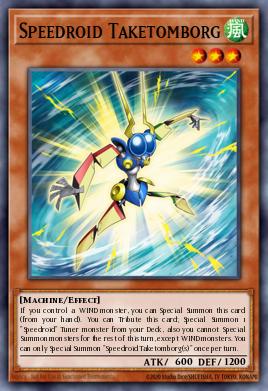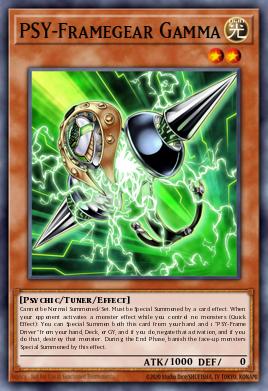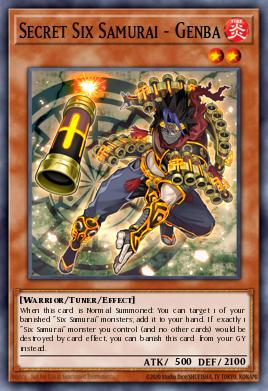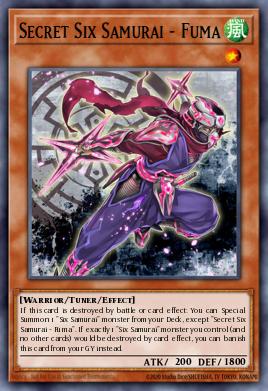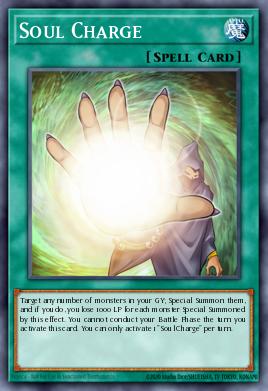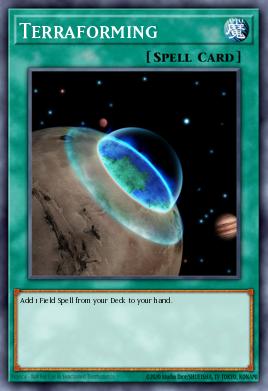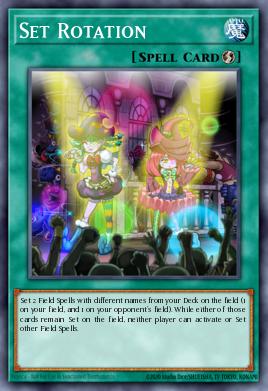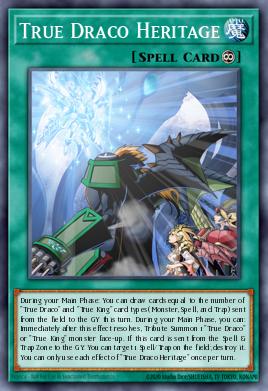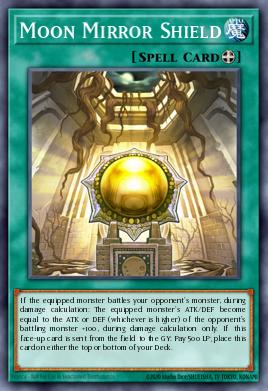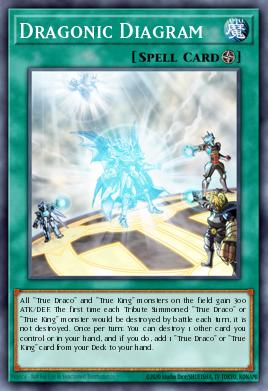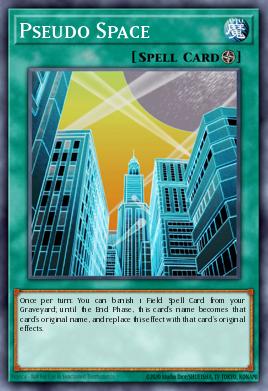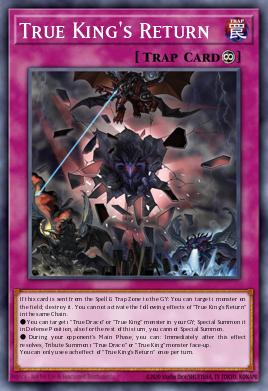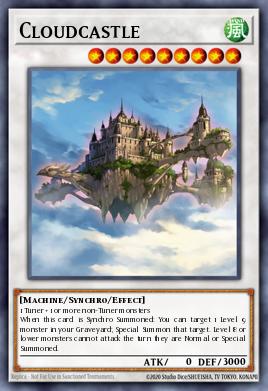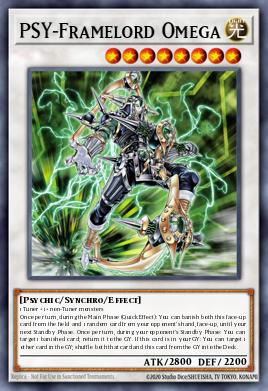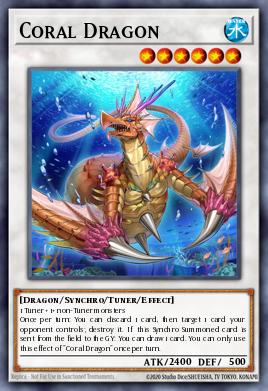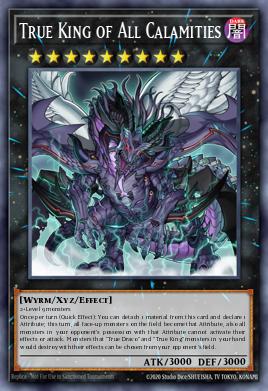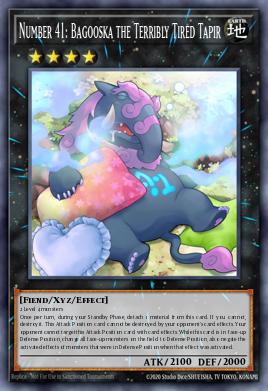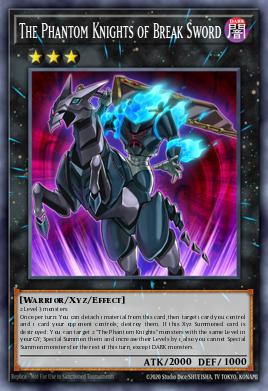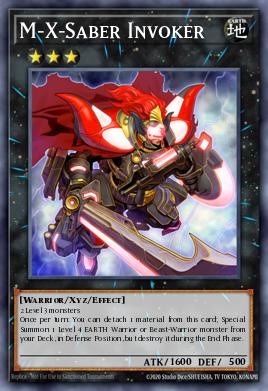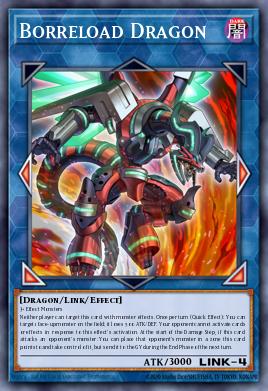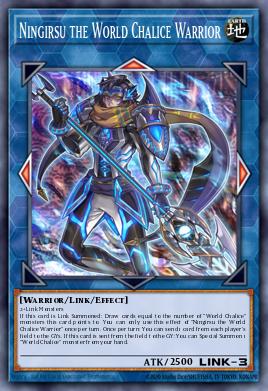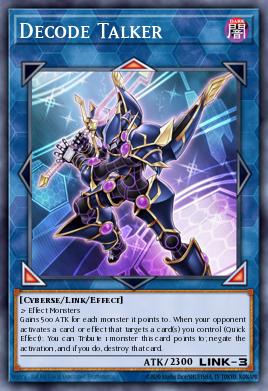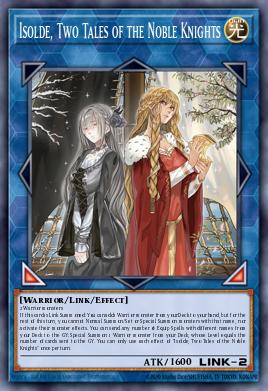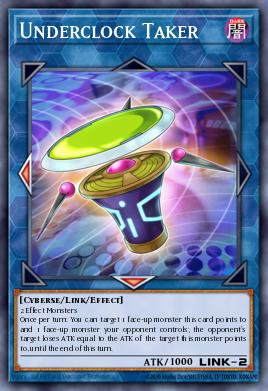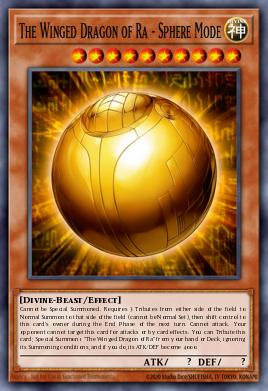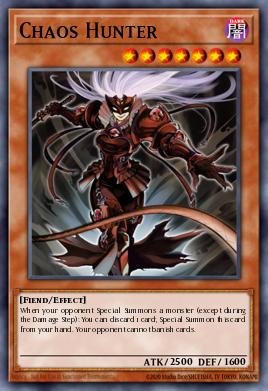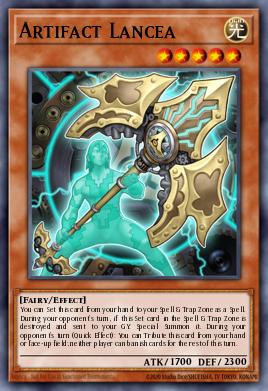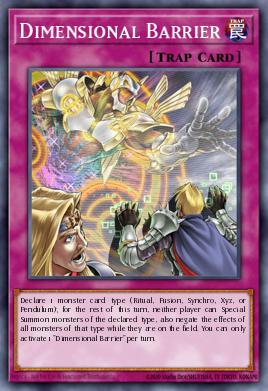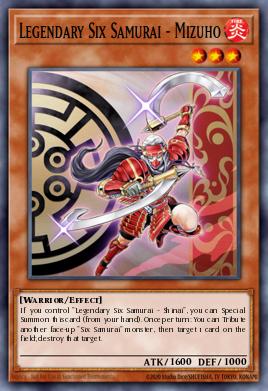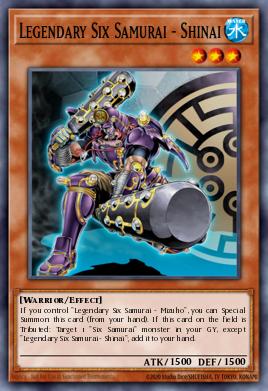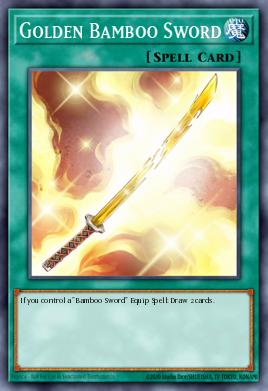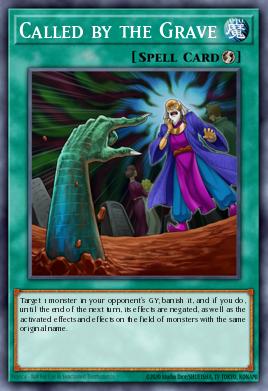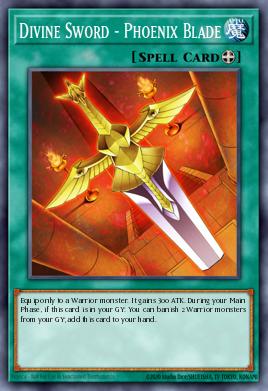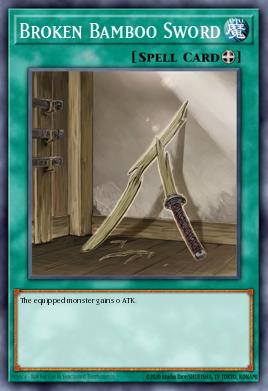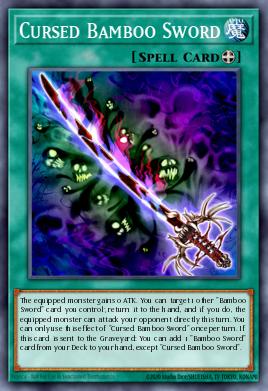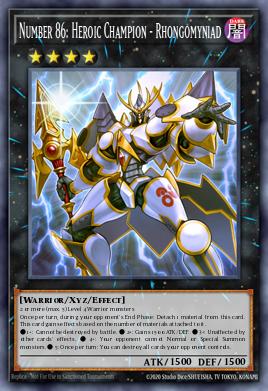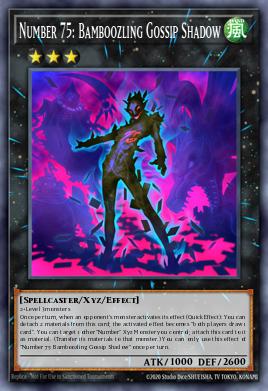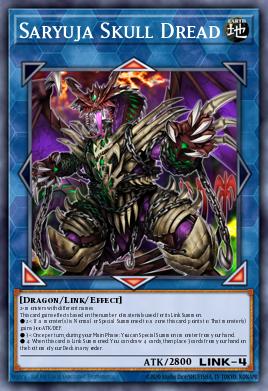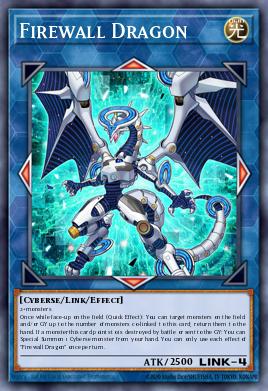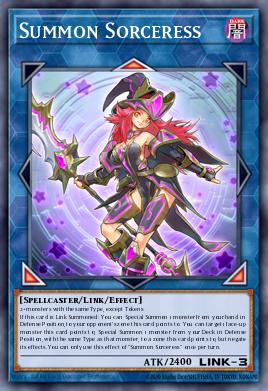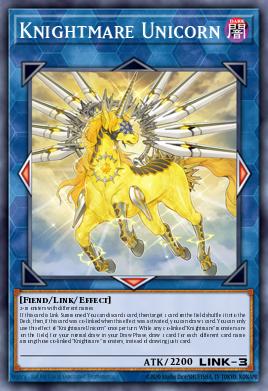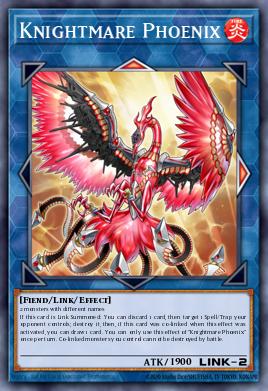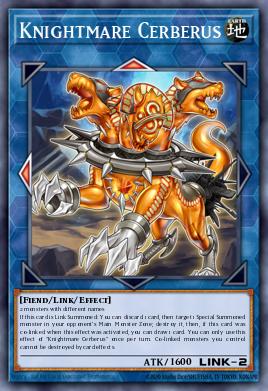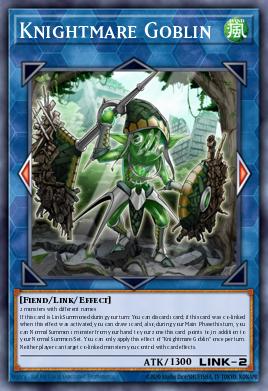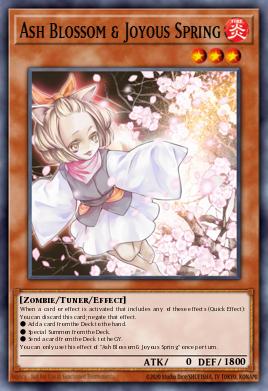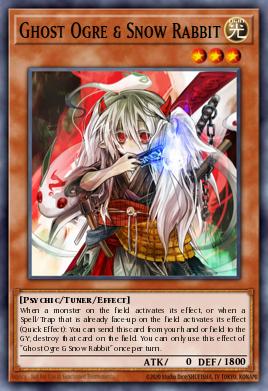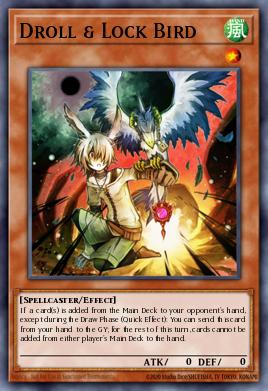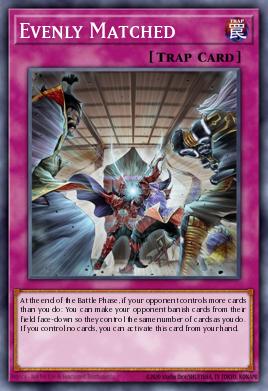There are few archetypes in history that have the staying power to get massive waves of support throughout multiple generations. Sometimes you'll see an archetype get a card or two and if they're lucky, a full wave of support. Then, you get the rare cases of archetypes getting several support cards over multiple generations. One of those few archetypes are Six Samurai. Making their debut in the GX era, Six Samurai continued their legacy well beyond their first few cards.
We started with The Six Samurai in GX, starting the history of this fan favorite archetype. Later on, we got Legendary Six Samurai in 5D's, the most successful wave of Six Samurais. Finally, as of this writing, we have the Secret Six Samurai from the Vrains era as the most recent wave. Overall, the archetype has had varying levels of success with this support and today I want to tell this archetype's story. From the humble beginnings to becoming one of the game's powerhouses. We will go from the beginnings to the modern day and see how the Six Samurai are doing in more recent times.
The Original Six
The history of Six Samurai starts in the Strike of Neos booster set of 2007. This is where the original six made their debut. All six of these samurais like to work together, as they gain effects if you control another samurai. They will also protect each other, as you can destroy another samurai in the place of the one that would be destroyed instead. Not only do all the Six Samurai have unique effects, but unique Attributes as well to really differentiate from each other.
The DARK based Irou destroys a face-down monster it attacks at the start of the damage step. The FIRE based Kamon can destroy a face-up Spell/Trap the opponent controls. The WATER based Yaichi is the opposite from Kamon, as it destroys face-down Spells and Traps. The WIND based Nisashi is the double attacker of your archetype. The EARTH based Yariza can make direct attacks. Finally, the LIGHT based Zanji can destroy a monster it attacked at the end of the Damage Step.
Supporting Players
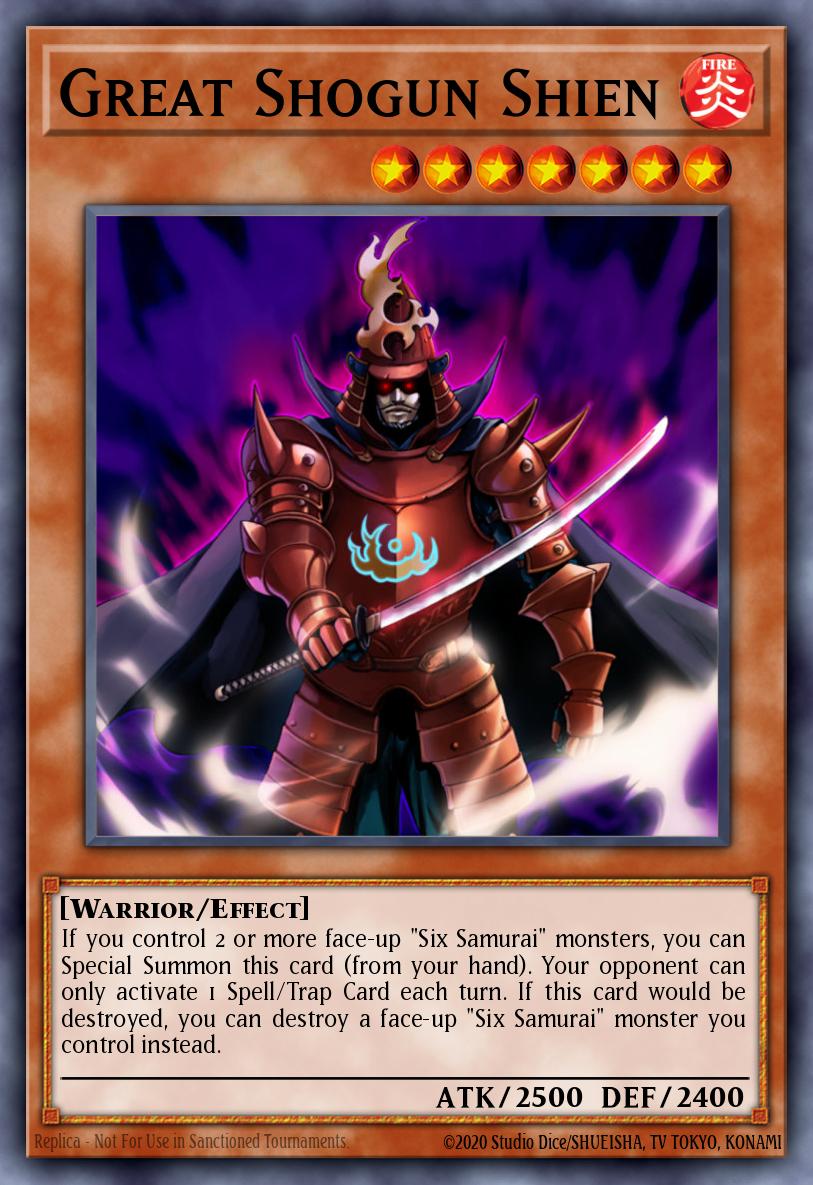
Alongside these samurais, the archetype also has several other monsters to support this group. The main boss of this archetype is Great Shogun Shien. Shien is pretty unique for its time with the easy Special Summon effect of only needing to control 2 Six Samurai. In return, you get a monster that has the same protection as the samurais alongside only letting the opponent use a single Spell/Trap per turn. Another one of their main monsters is Grandmaster of the Six Samurai, Special Summoning himself just for controlling a Six Samurai and offering recovery for any Six Samurai in the grave if destroyed by an effect.
During their first period, only two of their Spells and Traps saw any Main Deck success during this time. Return of the Six Samurai is a Normal Trap that revived any of your Six Samurai monsters, though it was destroyed at the end of the turn. Six Samurai United was a Continuous Spell that gained a Bushido Counter each time you summoned a Six Samurai, max of 2. You could then send it to the graveyard to draw a card per Bushido Counter on it.
The Samurai's Success
With their first wave of support, our samurais have had minor success with their first wave of support. The first successful top of Six Samurai was accomplished by Jeff Baumgartner with a Top 8 spot at SJ Columbus 2007. This Deck only opted to max out on Zanji, Yaichi, and Grandmaster with only 2 Great Shoguns and 1 each of Kamon and Irou. The rest of the Deck is full of generic Warrior cards like Exiled Force, Reinforcement of the Army, and The Warrior Returning Alive. You also got all the generic stuff like Cyber Dragon, Snatch Steal, Ring of Destruction, Mirror Force, and more. There is also a mill engine of Card Trooper and Machine Duplication, which was highly popular around this period.
The second topping list was another Top 8, this time at the Canadian Nationals by Matthew Lai. There are a few changes from the first topping list, like going from 3 Zanji and 1 Irou to 3 Irou and 1 Zanji. Also instead of Card Trooper and Machine Duplication, you got Reasoning for milling. Reasoning works here as many of your monsters have different Levels. This makes it highly likely for the opponent to call the wrong Level and you getting a free monster. Other than that, the same generic good stuff as before, some moving around from main and side from the first list. There are a few different techs, alongside 2 Kamons in the side as well.
The Dragon Slayers
The most successful list comes last, as we have Jonathan Moore's winning list from the 2008 SJ Houston, at a time where this might of seemed the most unlikely. Phantom Darkness just dropped and warped the metagame with powerful cards for DARK strategies. All the powerhouse cards like Dark Armed Dragon, Armageddon Knight, Dark Grepher, and Allure of Darkness were in this set.
The only card Six Samurai received in this set was the aforementioned Six Samurai United for draw power, which this list has 2 of. We also see an appearance for some of the cards released between Strike of Neos and Phantom Darkness for this archetype. Enishi, Shien's Chancellor makes an appearance as a 1-of that Special Summons itself by banishing 2 Six Samurai in the graveyard. You also have Spirit of the Six Samurai to give your samurai destruction protection and draw power when destroying a monster in battle.
Deck Information
When asking Jon Moore about this list to get the 15th Side Deck cards I was missing for the data, I got some information about how this Deck plays. Six Samurai United was one of the few +1s the Deck had, but he only chose to run 2. This was because of how much it hurt to draw the card later in the game. This was in hopes that he only sees it early or not at all. Spirit of the Six Samurai was nice to make Grandmaster 2600 ATK. Enishi was also a nice Chaos Sorcerer for the archetype to handle Kinetic Soldier. Priority was also big for the archetype for something like Yaichi getting his pop upon Normal Summon. Players not being used to this Deck also do unorthodox things like setting Mystic Tomato, which is great for Irou.
The Samurai's Potential Awaits
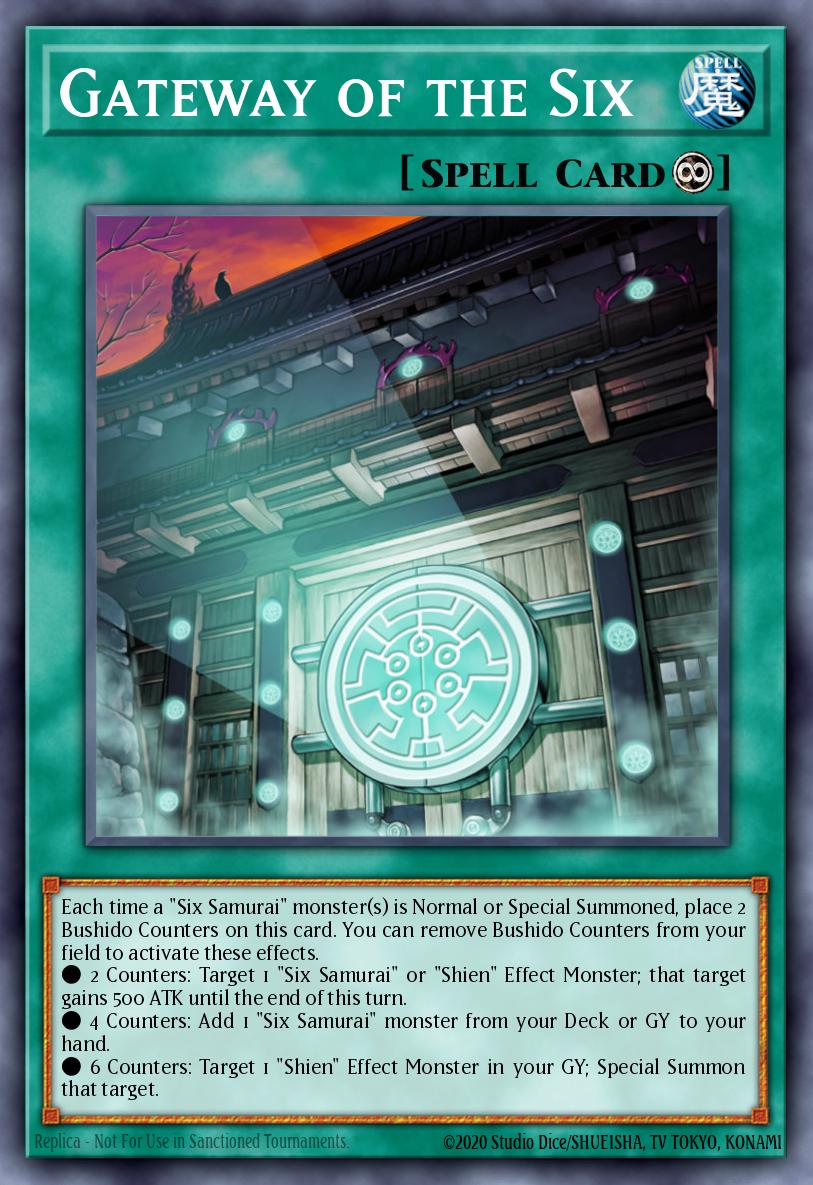
There was a slight wait between the first batch of Six Samurai and next batch. In between that period, there were a few Six Samurai support cards. Between those support cards, two would be relevant. Hand of the Six Samurai was released shortly after the 1st Place top as a TCG Exclusive in The Duelist Genesis. Her simple role was to tribute a Six Samurai to destroy another monster on the field.
The main piece of support during this lull period was Gateway of the Six. This was another TCG Exclusive from Stardust Overdrive, and one that would become one of the most powerful archetype support cards in the game. It gained 2 Bushido Counters each time you summoned a Six Samurai, and it had a use for those counters. 2 Counters boosted your Six Samurai or Shien monsters by 500 ATK for the turn. 6 Counters let you revive your Shien Effect Monsters. The main effect, however, required 4 Counters, letting you add any Six Samurai from the Deck or grave to the hand. None of these effects were a hard once per turn, and this would really be noticed later on.
The Legend Grows
Now we've come to the near end of the 5D's era, where we got the most notable Six Samurai cards. This came in the form of the Legendary Six Samurai. We once again have a Samurai for each Attribute and are improved versions over some of the original Samurais. This subset of Samurais have a more Special Summon focus, being able to swarm the board with multiple monsters a turn. In this subset, each effect the monsters have are unique.
The Legendary Six
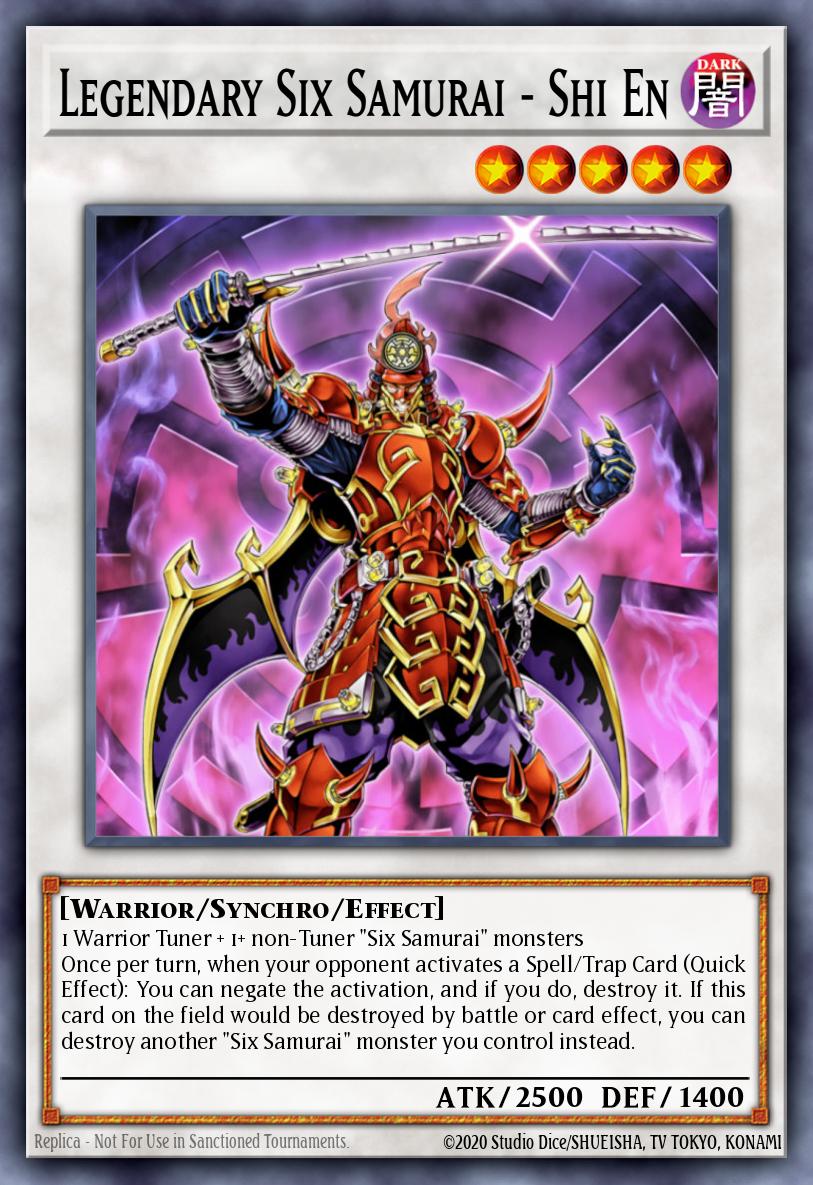
Enishi is your LIGHT monster and banishes 2 Six Samurais from your graveyard to bounce a face-up monster to the hand. This is a Quick Effect, but you must control a different Six Samurai to use it. Also, Enishi gets a 500 ATK/DEF boost if you control 2 different Six Samurai monsters. Kageki is your WIND Samurai, and summons another Level 4 or lower Six Samurai from the hand on Normal Summon. He also gains 1500 ATK if you control another Six Samurai. Kizan is the EARTH Samurai who Special Summons himself from the hand for controlling another Six Samurai. He comes with a 300 ATK/DEF boost for controlling two other Six Samurai monsters. Mizuho and Shinai go together as the FIRE and WATER Six Samurai respectively. Mizuho tributes a face-up Six Samurai to destroy a card on the field. Shinai, on the other hand, lets you add a different Six Samurai monster from grave to hand when tributed.
Finally for the Legendary Six Samurai, we come to the boss of the group. The DARK based Samurai, Shi En, is a Level 5 Synchro. He needs any Warrior Tuner and Six Samurai non-Tuner(s) to summon. In return, you get a once per turn negation of an opponent's Spell/Trap. He also protects himself from destruction in battle or via a card effect. All you have to do is destroy another Samurai you control instead.
The Supporting Players
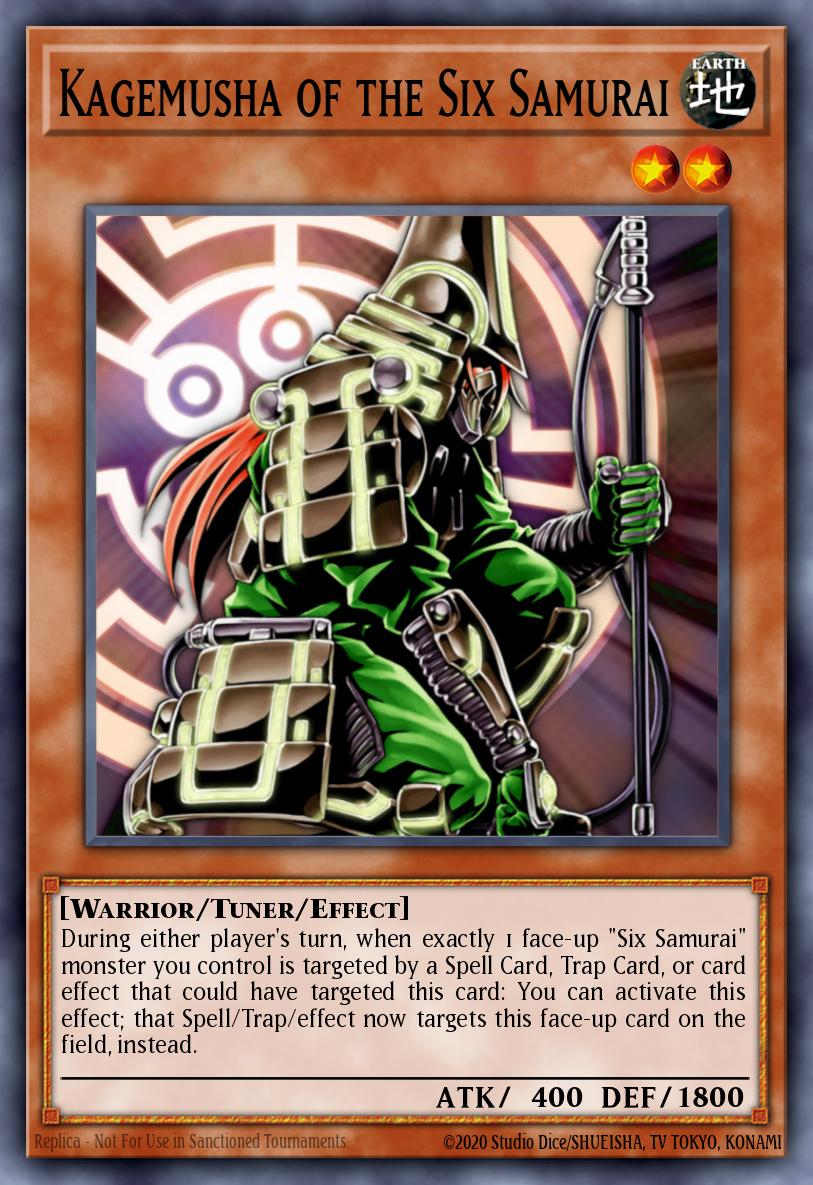
Along with each wave of Samurai, we typically get some other supporting pieces as well. As we haven't covered a Tuner yet in the archetype, it's about time to mention some. Your main option was Kagemusha, the Level 2 Tuner to go well with Kageki. His targeting redirection could be useful, but his main purpose was being a Level 2 Tuner. The other Tuner was Shien's Squire, which is a Level 1 to go with your Level 4s.
Both Tuners were EARTH, so there was at least some Naturia Beast access. Squire accessed Naturia Beast with Kizan, while Kagemusha was able to pair with Elder of the Six Samurai. It was easy to get both Kagemusha and Elder on the field thanks to the release of Asceticism of the Six Samurai. There was also the consistency piece of Shien's Smoke Signal to get the cards needed to make a Synchro in hand.
Empire of the Six
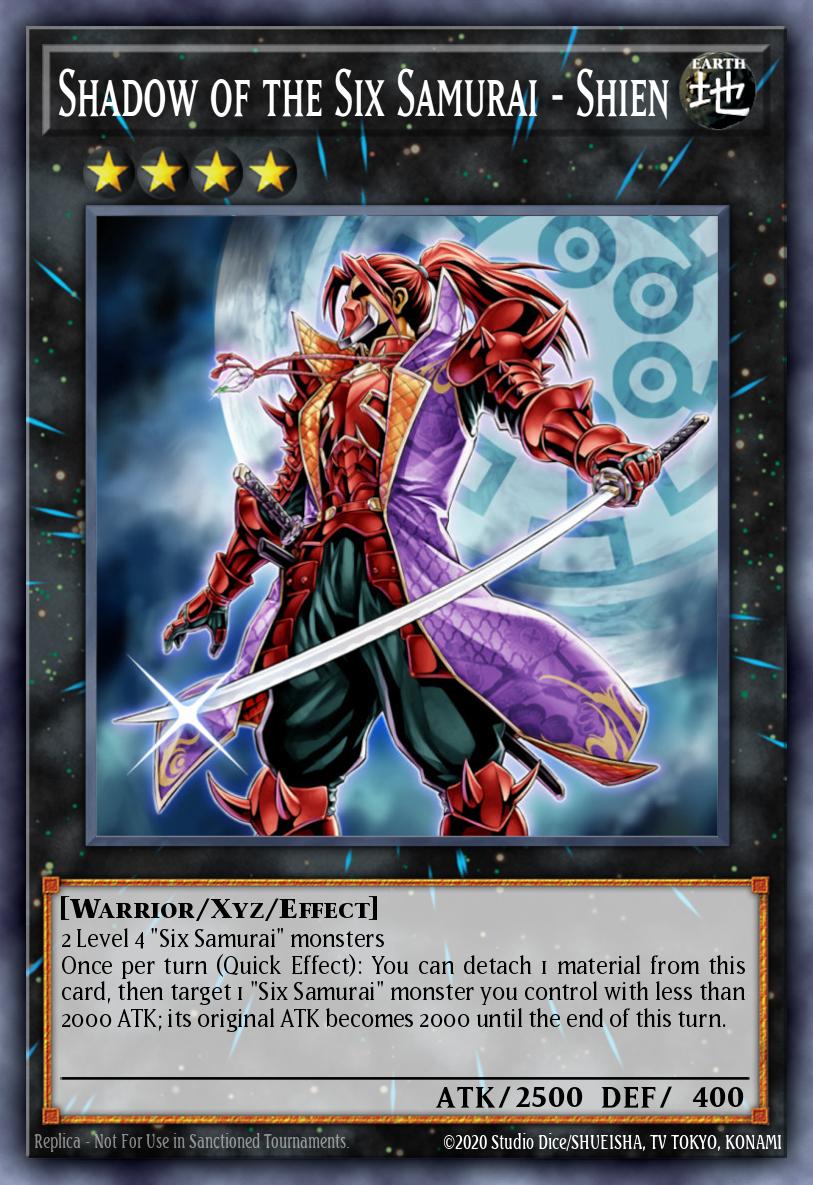
Besides the consistent Synchro making capabilities, there were a few other relevant cards from this era. Musakani Magatama was nice to give your board protection from destruction effects. Being a Counter Trap was a big bonus as well, being hard to counter. Another card was Temple of the Six. This gave the archetype a 3rd decent way to gain Bushido Counters, gaining 1 each time you summoned a Samurai. It debuffed your opponent's monsters by 100 ATK for each Counter on it, helping the archetype with its main weakness of getting over strong monsters. Its main purpose, however, was still the counter generation for Gateway.
Finally, there's Shien's Dojo for a fourth way to get Bushido Counters, in the same way we've seen previously. This card also sends itself to grave to summon a Six Samurai from Deck with a Level lower than or equal to the counters the card had on field. Bonus mention to Shadow of the Six Samurai - Shien. It's a Rank 4 for the archetype to boost your weaker Six Samurais and helps gain more Bushido Counters.
Six Samurai Success
Now this was pretty decisively the most successful era for Six Samurai. It was at its best when Gateway of the Six and Legendary Six Samurai - Shi En were both at three. With that said, the archetype remained a contender even after the limitations of both cards. Gateway didn't last long at 3 after the release of Legendary Six Samurai, going to 1 in March of 2011. With that said, the Deck managed 3 of the top 4 at YCS Dallas 2011 during that short period of 3 Gateway. There were overall 25 topping Six Samurai Decks I found on record between Storm of Ragnarok and the banning of Gateway in September of 2013 at least. Four of these 25 lists were YCS winning lists as well, before and after the Shi En limit. One list even opted to not use Gateway when it was still legal, and there were two topping lists after Gateway's ban and before the third wave of support, with the last list in 2017 being after Shi En returned to 3.
The Secret Six
You know something is up when Gateway of the Six returns from the Forbidden section. After 6 years of nothing from the Six Samurai clan, we come to the Secret Six Samurai wave of support. This wave is similar to the previous with another Six Samurai for each Attribute. What makes this group standout is their ability to banish themselves from the grave to protect a Six Samurai from destruction via card effect. As the game evolved to become more graveyard focused, so too have the Six Samurai. Of course we got more unique effects, with this group complementing more of the Legendary Six Samurais over the originals.
Secret Techniques
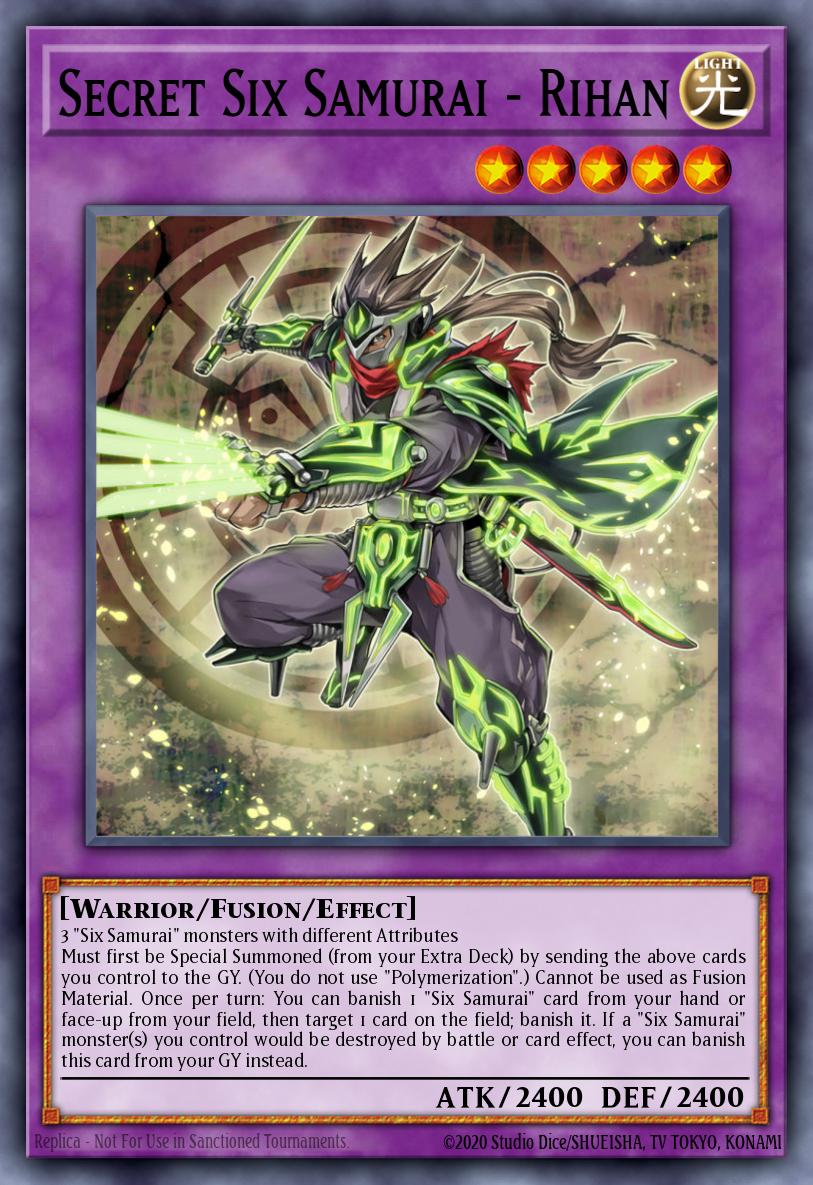
First off, we got the DARK based Doji helping setup the graveyard by sending a Samurai there from the Deck when you Normal/Special Summon another Six Samurai. The FIRE based Genba gives the archetype another Level 2 Tuner, and he recovers a banished Samurai to your hand on Normal Summon. The WIND based Fuma is another Level 1 Tuner for the archetype, and he summons a different Samurai from Deck upon destruction. The WATER based Hatsume banishes 2 Samurai from your graveyard and/or face-up field to summon a different Samurai from the grave. The EARTH based Kizaru lets you add a Samurai with a different Attribute from the monsters you control when Special Summoned.
Now where the Legendary Six had a Synchro, the Secret Six come with a Fusion for the archetype. The LIGHT based Rihan is a Fusion that needs 3 differently Attributed Samurais to summon. This is not your traditional Fusion Summon, however, as you need to banish the monsters you control instead. He, however, cannot be used as Fusion Material. In return, you get a card with a once per turn effect that lets you banish a Six Samurai card from hand or face-up field to target and banish a card on the field.
The Hidden Members
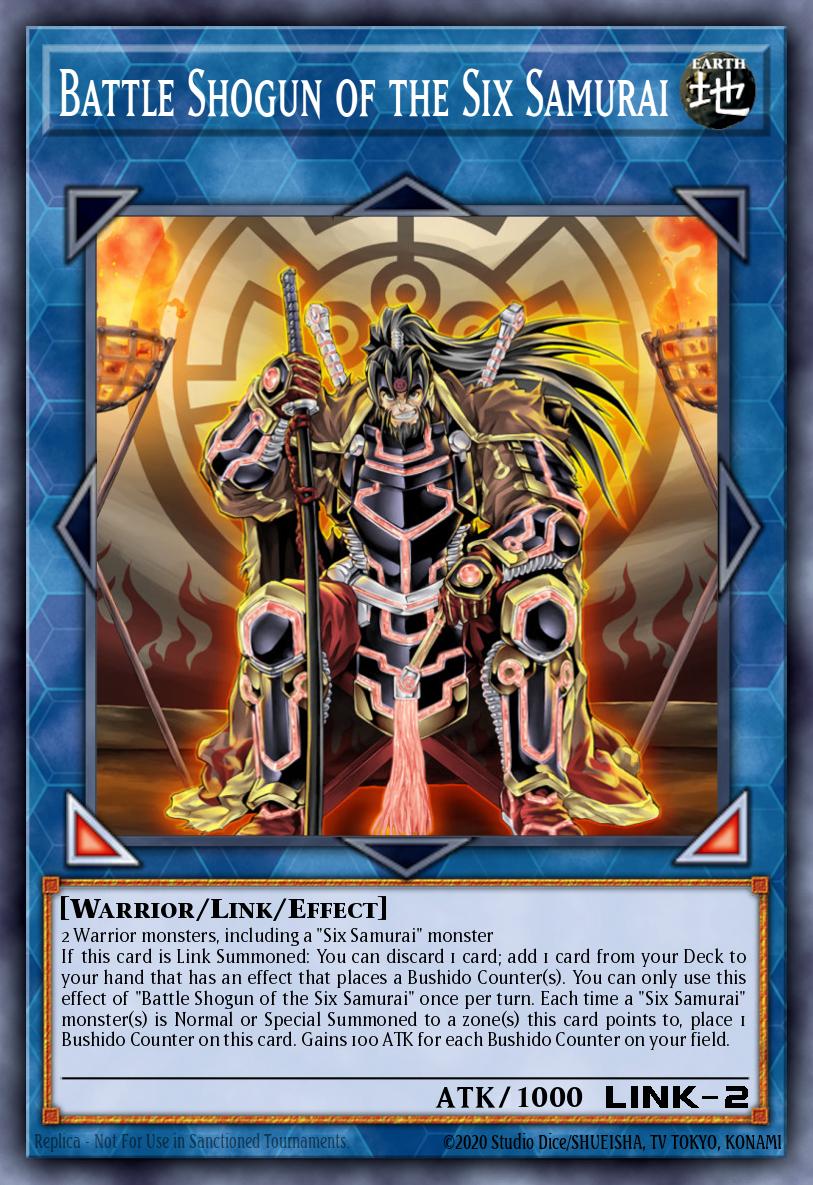
Before we get to the final successful Decks for the archetype, let's go over the final two monsters. By the time these two came out, the bloom has fallen off the rose of experimenting with the archetype on a competitive Level. With that said, these are likely relevant pieces for if we ever return to the Dojo of the Six. The first monster is Legendary Secret of the Six Samurai, a simple Special Summon from the hand when you summon another Samurai. He also lets you banish a Level 4 or lower Samurai from grave to copy that monster's Level, Attribute, ATK, and DEF as well.
The second monster is Battle Shogun of the Six Samurai. This is the archetypal Link-2 that needs any 2 Warriors, alongside a Samurai, to summon. In return you get a monster that discards a card on summon to search for any card that places Bushido Counters. He also has the effect to gain Bushido Counters as long as you summon a Samurai to a zone he points to, and he gains 100 ATK for each Counter he has.
The Final Run
Being several years past the release of the Legendary Six Samurai, it was going to take more to help this archetype see massive success again. Gateway of the Six returning to one wasn't enough, nor was what was considered a pretty lackluster wave of support. The Secret Six were good, still, but couldn't compare to the Legendary Six Samurai's power on release. With that said, there were two successful list with the Secret Six Samurai. One is a True Draco variant taking advantage of Fuma's floating ability. The second is your standard Six Samurai build with the new guys. As mentioned, the last two cards mentioned have yet to find success.
In Conclusion
The Six Samurai archetype has had a great run over the years. Its peak was the late 5D's and early Zexal era of the game, but it's had more memories than that. Being able to win a SJC right after Phantom Darkness and the meta-warping power of Dark Armed Dragon and friends is impressive. Gateway of the Six will always be a terrifying card, and the loops it has has just grown more over time. The fact we now got a way to search Gateway now is insane, and even more insane that it never found high level success yet.
At the end of the day, this archetype has left a place in many players' hearts as a fan favorite. For the control style of the early days, to more swarming capabilities later on, and the loops that have grown in the modern day. This archetype has adapted well to all the new summoning mechanics introduced after release. The archetype is at rest now at the top tables, but a scary Six Samurai loop could always pop up. Maybe one day we'll get the fourth wave of Six Samurai to breathe life into this archetype once again, but Konami would have to tread carefully. We already got a powerful set of cards as is.


